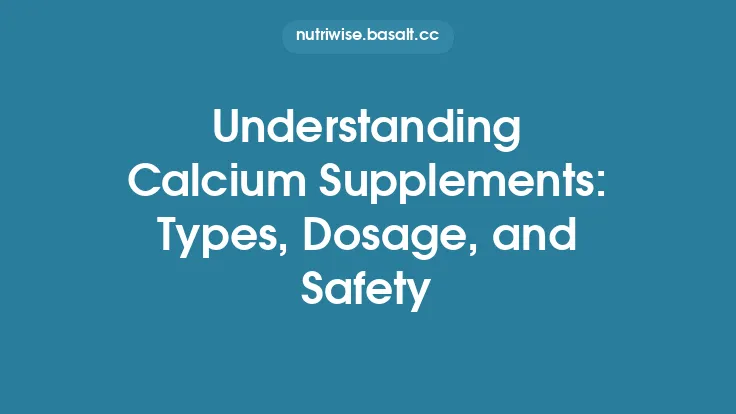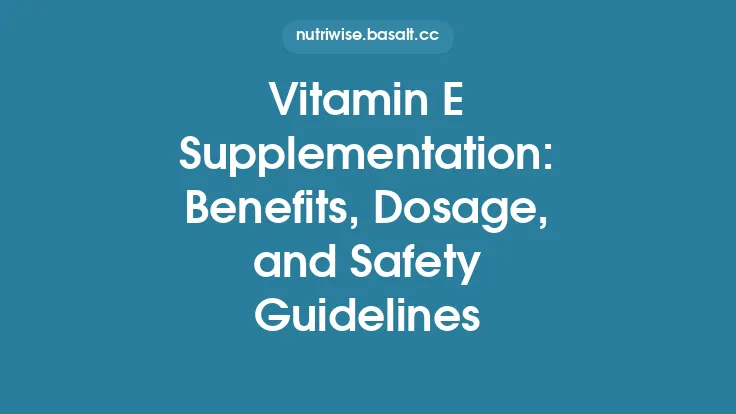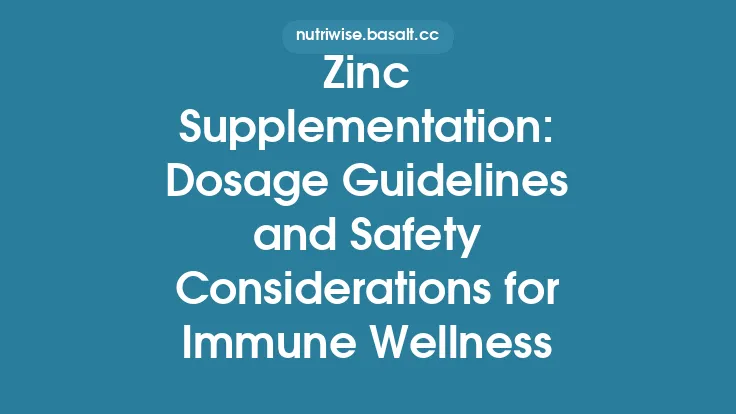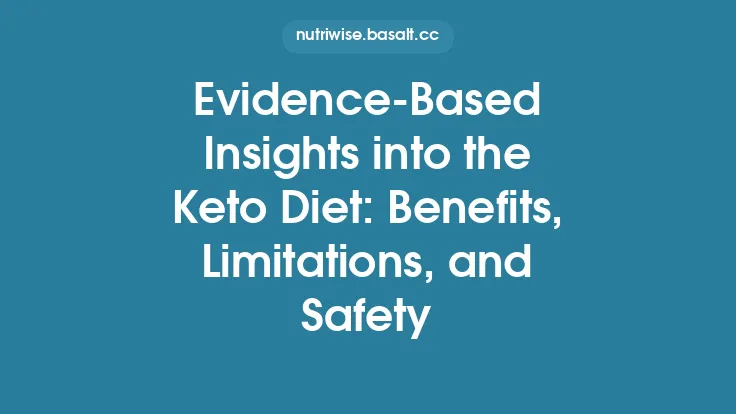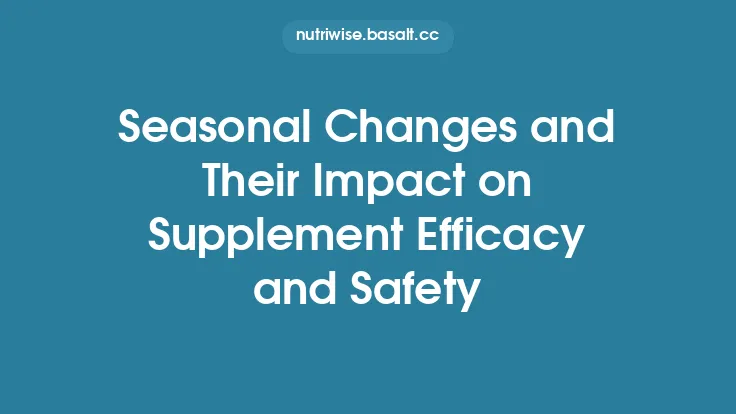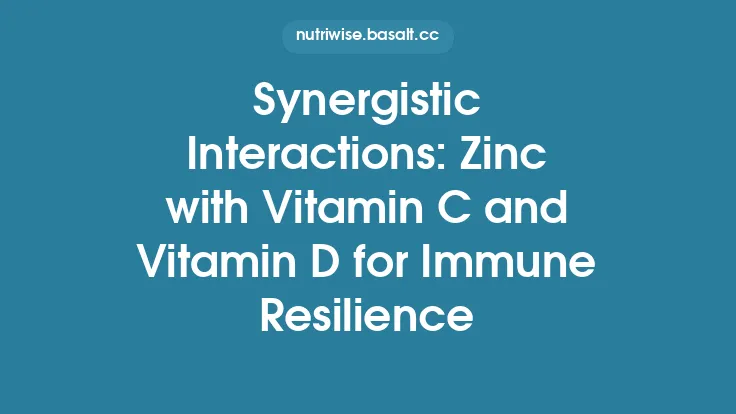Adaptogens have become a popular component of stress‑management regimens, but their safety profile hinges on proper dosing, awareness of potential drug‑herb interactions, and recognition of contraindications. While many users experience benefits with minimal side effects, the growing diversity of products and the variability of individual health status demand a careful, evidence‑based approach. This article delves into the key considerations for using adaptogenic herbs safely, offering clinicians, supplement professionals, and informed consumers a comprehensive roadmap.
Dosage Guidelines: Principles and Practical Ranges
1. General Dosage Framework
- Start Low, Go Slow – Initiate therapy with the lowest effective dose and increase gradually over 2–4 weeks, monitoring response.
- Standardized Extracts vs. Whole‑Herb Powders – Standardized extracts (e.g., 5 % withanolides for *Withania somnifera*) provide more predictable dosing than bulk powders, which can vary widely in active constituent concentration.
- Therapeutic Window – Most adaptogens exhibit a broad therapeutic window, but exceeding the upper limit may increase the risk of adverse effects without added benefit.
2. Typical Daily Dose Ranges (Based on Clinical Trials and Traditional Use)
| Adaptogen | Common Standardized Extract (mg) | Whole‑Herb Powder (g) | Typical Duration of Use |
|---|---|---|---|
| Ashwagandha (*Withania somnifera*) | 300–600 mg (5 % withanolides) | 1–3 g | 8–12 weeks |
| Rhodiola (*Rhodiola rosea*) | 200–400 mg (3 % rosavins, 1 % salidroside) | 1–2 g | 4–6 weeks |
| Holy Basil (*Ocimum sanctum*) | 300–500 mg (5 % ursolic acid) | 2–4 g | Continuous, with periodic breaks |
| Schisandra (*Schisandra chinensis*) | 500–1000 mg (5 % schisandrins) | 2–5 g | 8–12 weeks |
| Eleuthero (*Eleutherococcus senticosus*) | 300–600 mg (0.8 % eleutherosides) | 2–4 g | 6–8 weeks |
> Note: These ranges are averages; individual needs may differ based on body weight, metabolic rate, and specific health goals.
3. Factors Influencing Dose Selection
| Factor | Impact on Dose |
|---|---|
| Body Mass – Larger individuals often require 10–20 % higher doses to achieve comparable plasma concentrations. | |
| Age – Elderly patients may need reduced doses (≈ 75 % of adult dose) due to slower hepatic metabolism. | |
| Metabolic Enzyme Activity – Polymorphisms in CYP450 enzymes (e.g., CYP3A4, CYP2D6) can alter clearance of certain adaptogens, necessitating dose adjustments. | |
| Concomitant Supplements – Co‑administration with other botanicals (e.g., ginseng) may have additive effects, prompting a lower starting dose. | |
| Health Status – Hepatic or renal impairment generally warrants a conservative dose (≈ 50 % of standard). |
Interactions with Medications: Pharmacokinetic and Pharmacodynamic Considerations
1. Enzyme Modulation (Pharmacokinetic)
| Adaptogen | Enzyme(s) Affected | Direction of Effect | Clinical Implication |
|---|---|---|---|
| Ashwagandha | CYP3A4, CYP2D6 | Mild inhibition | May increase plasma levels of drugs metabolized by these enzymes (e.g., certain statins, SSRIs). |
| Rhodiola | CYP1A2, CYP2C9 | Induction (in vitro) | Potentially reduces efficacy of drugs like warfarin (CYP2C9 substrate). |
| Holy Basil | CYP2C19 | Inhibition | Could elevate levels of proton‑pump inhibitors or clopidogrel (pro‑drug activation). |
| Schisandra | CYP3A4, CYP2C9, CYP2D6 | Strong inhibition | Notable interaction risk with oral anticoagulants, benzodiazepines, and certain chemotherapeutics. |
| Eleuthero | No significant CYP modulation reported | – | Low interaction potential from a metabolic standpoint. |
Practical tip: When a patient is on a narrow‑therapeutic‑index drug (e.g., warfarin, tacrolimus, lithium), consider a wash‑out period of at least 5 days after stopping the adaptogen before initiating or adjusting the prescription medication, and monitor drug levels closely.
2. Transporter Interference (Pharmacokinetic)
- P‑glycoprotein (P‑gp): Some adaptogens (e.g., *Withania* extracts) can inhibit P‑gp, potentially increasing intestinal absorption of P‑gp substrates such as digoxin and certain chemotherapeutic agents.
- Organic Anion Transporting Polypeptides (OATPs): Limited data suggest *Schisandra* may inhibit OATP1B1, affecting statin uptake.
3. Pharmacodynamic Interactions
| Interaction Type | Example | Potential Outcome |
|---|---|---|
| Additive Sedation | Ashwagandha + benzodiazepines, antihistamines | Enhanced CNS depression, increased fall risk. |
| Synergistic Antihypertensive Effect | Rhodiola + ACE inhibitors, beta‑blockers | May cause orthostatic hypotension; monitor blood pressure. |
| Thyroid Hormone Modulation | Holy Basil + levothyroxine | Possible alteration of TSH levels; check thyroid function tests. |
| Immunomodulation | Eleuthero + immunosuppressants (e.g., cyclosporine) | May counteract immunosuppression, risking graft rejection. |
Clinical recommendation: Conduct a thorough medication reconciliation before initiating any adaptogen, and educate patients to report new or worsening symptoms promptly.
Contraindications: Populations and Conditions Requiring Caution
| Contraindicated Condition | Adaptogen(s) | Rationale |
|---|---|---|
| Pregnancy & Lactation | Ashwagandha, Rhodiola, Schisandra (high doses) | Limited human safety data; animal studies suggest possible uterine stimulation or hormonal effects. |
| Autoimmune Disorders (e.g., SLE, rheumatoid arthritis) | Holy Basil, Eleuthero (immune‑stimulating) | May exacerbate immune activation. |
| Severe Psychiatric Illness (e.g., psychosis, bipolar disorder) | High‑dose Ashwagandha (GABA‑modulating) | Potential to alter neurotransmitter balance. |
| Thyroid Dysfunction (hyperthyroidism) | Holy Basil (thyroid‑stimulating) | Could worsen hyperthyroid state. |
| Severe Liver Disease (Child‑Pugh C) | Schisandra (hepatic enzyme inhibition) | Risk of further hepatic impairment. |
| Bleeding Disorders or Anticoagulant Therapy | Schisandra (platelet aggregation inhibition) | Heightened bleeding risk. |
| Seizure Disorders | High‑dose Rhodiola (potential pro‑convulsant in susceptible individuals) | May lower seizure threshold. |
When any of these conditions are present, either avoid the adaptogen entirely or limit use to the lowest possible dose under close medical supervision.
Monitoring and Recognizing Adverse Effects
1. Common, Usually Mild, Side Effects
- Gastrointestinal upset (bloating, mild diarrhea) – often dose‑related; can be mitigated by taking with food.
- Headache or Dizziness – may indicate excessive dosing or interaction with CNS depressants.
- Insomnia – more frequent with stimulating adaptogens (e.g., Rhodiola) taken later in the day.
2. Signs of Potential Toxicity
| Symptom | Possible Cause | Action |
|---|---|---|
| Persistent nausea, vomiting, abdominal pain | Hepatotoxicity (e.g., high‑dose Schisandra) | Discontinue; order liver function tests (ALT, AST, ALP, bilirubin). |
| Palpitations, tachycardia | Excessive sympathomimetic effect (e.g., high Rhodiola) | Reduce dose or stop; assess ECG if symptomatic. |
| Unexplained bruising, prolonged bleeding | Antiplatelet effect (Schisandra) | Stop supplement; evaluate coagulation profile (PT/INR, aPTT). |
| Mood swings, agitation, or psychosis | Neurotransmitter modulation (high Ashwagandha) | Immediate cessation; psychiatric evaluation if needed. |
3. Laboratory Monitoring (When Indicated)
- Liver panel – baseline and after 4–6 weeks for hepatically metabolized adaptogens.
- Renal function (eGFR, creatinine) – especially in elderly or those with CKD.
- Thyroid panel – if using Holy Basil or other thyroid‑active botanicals.
- Coagulation profile – for patients on anticoagulants or with bleeding tendencies.
Special Populations: Tailoring Safety
1. Pregnant and Lactating Women
- General principle: Avoid high‑dose standardized extracts; limit to culinary‑grade amounts (e.g., a pinch of dried herb in food) only after consulting obstetric care.
- Evidence gap: Most clinical trials exclude pregnant participants, leaving safety data sparse.
2. Children and Adolescents
- Weight‑based dosing (e.g., 10 mg/kg of standardized extract) is recommended, with a ceiling of adult dose.
- Age restriction: Avoid use in children < 6 years unless under pediatric specialist guidance.
3. Elderly (≥ 65 years)
- Reduced hepatic and renal clearance necessitates a 25–30 % dose reduction.
- Polypharmacy risk: Conduct a comprehensive drug‑herb interaction review; prioritize adaptogens with minimal CYP interaction (e.g., Eleuthero).
4. Athletes (Non‑competitive Context)
- While not the focus of this article, note that certain adaptogens (e.g., high‑dose Rhodiola) may be flagged by anti‑doping agencies; verify with sport governing bodies.
Practical Recommendations for Safe Use
- Source Quality Assurance
- Choose products that provide a Certificate of Analysis (CoA) confirming active constituent levels and absence of heavy metals, pesticides, and microbial contaminants.
- Prefer manufacturers adhering to Good Manufacturing Practices (GMP) and third‑party testing (e.g., USP, NSF).
- Start with a Trial Period
- Implement a 2‑week “test phase” at the lowest dose; document subjective effects and any adverse symptoms in a journal.
- Timing and Food Considerations
- Stimulatory adaptogens (Rhodiola, Eleuthero) – take on an empty stomach in the morning to avoid sleep disruption.
- Sedative‑leaning adaptogens (Ashwagandha) – can be taken with meals or before bedtime.
- Gradual Titration Protocol
- Increase dose by 25 % every 7–10 days if tolerated and therapeutic effect is insufficient, never exceeding the upper recommended range without professional oversight.
- Periodic Re‑evaluation
- Reassess the need for continued supplementation every 3–6 months; consider drug holidays (1–2 weeks) to evaluate baseline status.
- Professional Consultation
- Encourage patients to discuss adaptogen use with their primary care provider, especially when on prescription medications, during pregnancy, or managing chronic illnesses.
Summary
Adaptogenic herbs can be a valuable adjunct in stress‑management strategies, but their safety hinges on disciplined dosing, vigilant monitoring for drug‑herb interactions, and awareness of contraindications. By adhering to evidence‑based dosage ranges, evaluating individual health variables, and maintaining open communication with healthcare professionals, users can harness the benefits of adaptogens while minimizing risks. This structured, safety‑first approach ensures that adaptogens remain a reliable, evergreen component of holistic wellness regimens.
